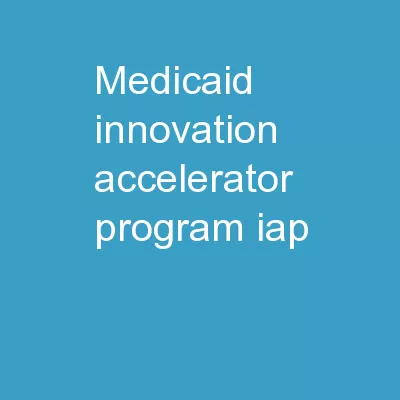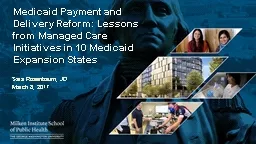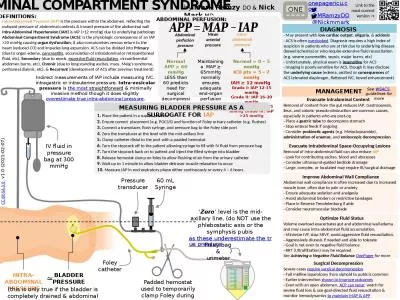PPT-Medicaid Innovation Accelerator Program (IAP)
Author : myesha-ticknor | Published Date : 2019-03-18
State MedicaidHousing Agency Partnerships State Convening May 34 2016 Marriott Marquis Washington DC Welcome amp Introductions Vikki Wachino Director Center
Presentation Embed Code
Download Presentation
Download Presentation The PPT/PDF document "Medicaid Innovation ..." is the property of its rightful owner. Permission is granted to download and print the materials on this website for personal, non-commercial use only, and to display it on your personal computer provided you do not modify the materials and that you retain all copyright notices contained in the materials. By downloading content from our website, you accept the terms of this agreement.
Medicaid Innovation Accelerator Program (IAP): Transcript
Download Rules Of Document
"Medicaid Innovation Accelerator Program (IAP)"The content belongs to its owner. You may download and print it for personal use, without modification, and keep all copyright notices. By downloading, you agree to these terms.
Related Documents














